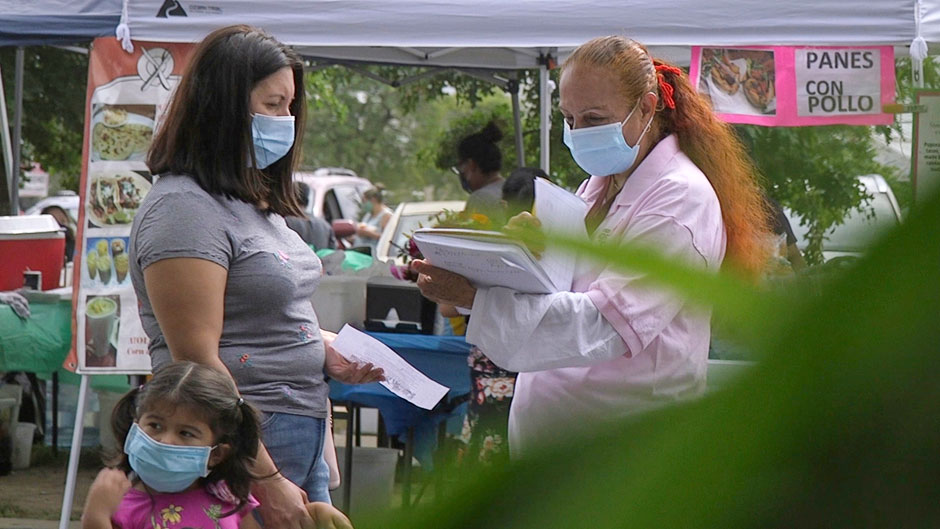Like many other minorities and marginalized populations, Hispanics have been disproportionately affected by the coronavirus.
Hospitalization rates for Latinos are 4.5 times the rate among whites, according to the Centers for Disease Control and Prevention (CDC).
In almost every state in the nation, the number of Latinos affected by the disease is higher than the percentage of their population in that state. For example, Utah is 14 percent Latino, but they account for 29.2 percent of COVID-19 cases. Oregon is only 13 percent Latino, yet they represent 37.2 percent of COVID-19 cases, according to the CDC.
“There are many reasons why Hispanics have been affected,” said Dr. Olveen Carrasquillo, chief of the Division of General Internal Medicine at the University of Miami Miller School of Medicine and a national expert in minority health and health disparities.
One factor is that Hispanics are more likely to have underlying health issues, such as diabetes, asthma, and obesity. All these conditions make the patients more vulnerable to the disease, said Carrasquillo. “There are also many additional factors we call social determinants of health,” he added.
Hispanics are also less likely to have health insurance and thus may be deterred from going to the hospital until they are very sick. They also may put off being tested for the virus, expecting it will be expensive to do so.
According to the U.S. Department of Health and Human Services, Hispanics have the highest uninsured rates of any racial or ethnic group within the United States. In 2017, the Census Bureau reported that 49 percent of Hispanics had private insurance coverage, as compared to 75.4 percent for non-Hispanic whites.
Another factor that makes Hispanics vulnerable is that they work in jobs that can potentially put them at risk. They are farmworkers, waiters, restaurant workers, hairstylists, and hold other types of jobs where they cannot afford to take time off, said Victoria Behar-Zusman, professor and associate dean of research in the School of Nursing and Health Studies and the principal investigator of CLaRO—the Center for Latino Health Research Opportunities.
“Latinos, especially those who are of low social-economic status, often have the kinds of jobs that do not allow them to work from home and they may rely on public transportation which exposes them to COVID-19,” she said.
For those who are undocumented in this country, there is a lot of fear that if they go for COVID-19 testing or seek care, immigration authorities will find out and they will be deported.
“So, for people who are in the margins, socially, economically, and legally, obviously there is a huge amount of stress,” said Behar-Zusman.
To assess the needs of the minority communities as well as the mistrust and misinformation they are experiencing, CLaRO has joined a study funded by the National Institutes of Health, led by Carrasquillo.
The yearlong study is in its first stages but initial results from community members have revealed that some Hispanics have some level of suspicion about information they receive from government sources, said Behar-Zusman.
But many are optimistic about a COVID-19 vaccine, and they want to make sure their communities can afford to get it, she said. They also expressed trust in experts and our local academic institutions. The study hopes to come up with best practices to provide Latinos and others with sound information about COVID-19 and its treatments.
Every day, Carrasquillo has seen the toll the virus has taken on his community not only physically, but emotionally.
“This pandemic does not go with the Latino culture,” he said. “We are just very close, that is the way we are. We give hugs and kisses. But we have to be patient.”
He said a friend asked him about how he should celebrate “Noche Buena,” a traditional Christmas Eve celebration that is sacred to many Hispanics.
“It pains me to say it but maybe this is not the year to have 50 people over to the house for Noche Buena,” Carrasquillo said. “I know that it is hard, but this year it is just the immediate family.”

